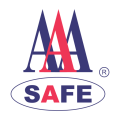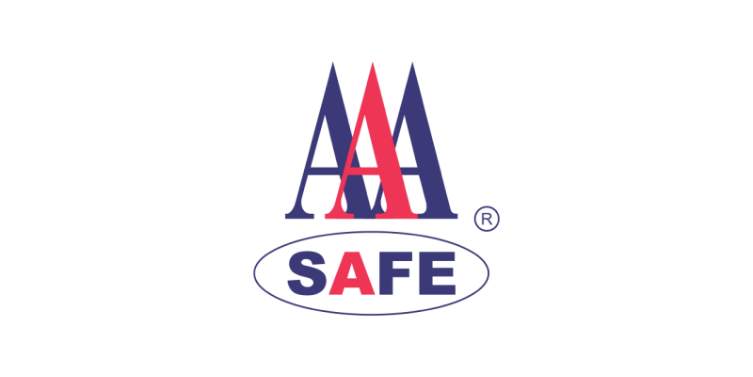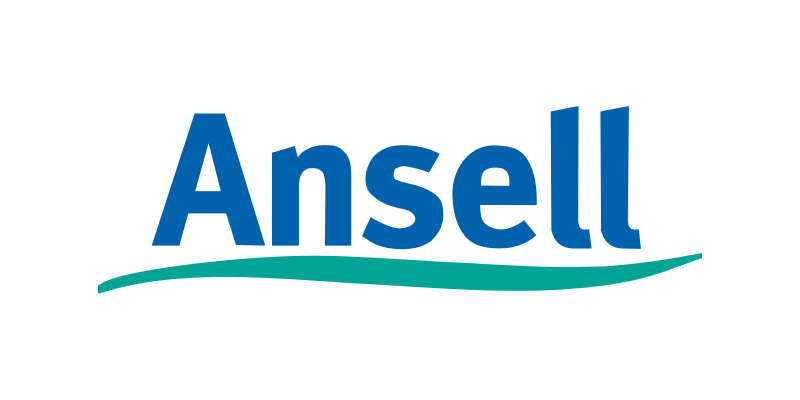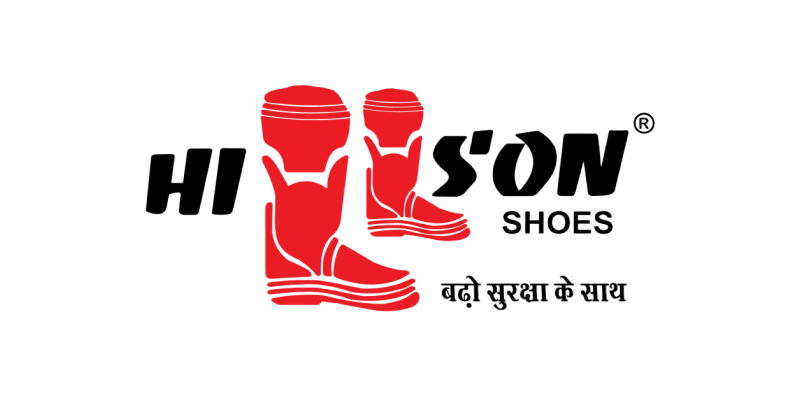Soaring High with Safety: A Guide to Aviation Safety Equipment (MEA Region)
AAA Safe: Your Trusted Partner for Aviation Safety
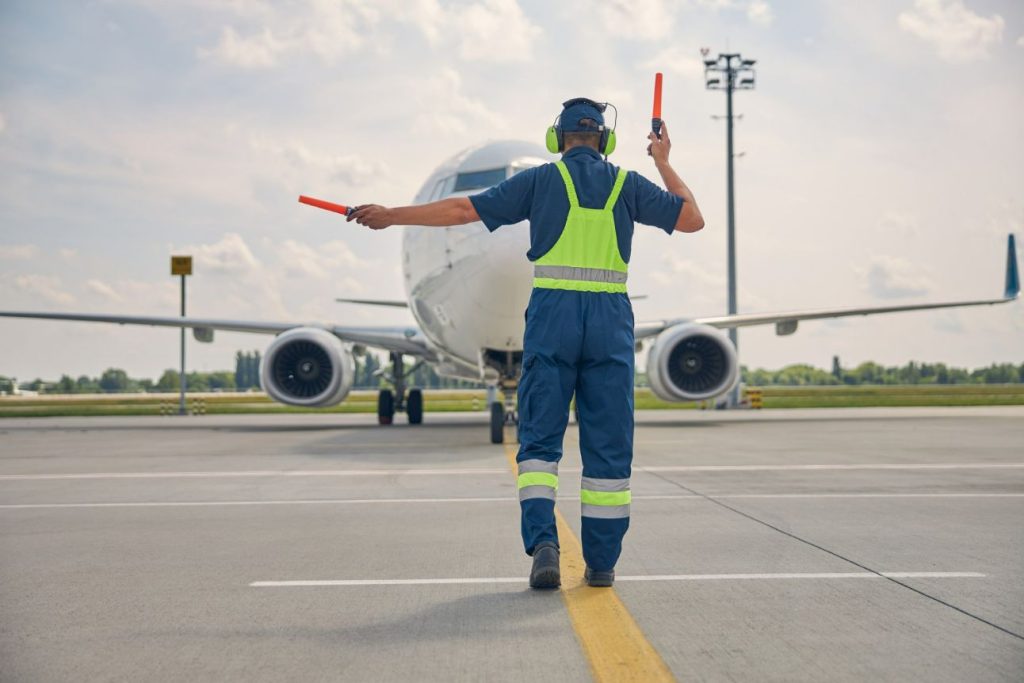
For over two decades, AAA Safe, a leading Dubai-based safety equipment supplier, has been a trusted partner for businesses across the Middle East and Africa (MEA) region. We understand the critical role aviation safety equipment plays in safeguarding personnel, ensuring smooth operations, and maintaining the highest safety standards within the aviation industry. This pillar page delves into the importance of aviation safety equipment, types of equipment for various needs, and choosing the right gear for your aviation operations.

SEND AN INQUIRY
Why is Aviation Safety Equipment Important?
The aviation industry prioritizes safety above all else. Aviation safety equipment plays a crucial role in:
- Protecting personnel: From ground crew to pilots, safety equipment minimizes the risk of injuries during maintenance, ground operations, and emergency situations.
- Ensuring safe aircraft operations: Proper equipment safeguards against potential hazards and facilitates safe aircraft handling and maintenance procedures.
- Complying with regulations: Aviation safety equipment adheres to strict regulations set by regional and international aviation authorities.
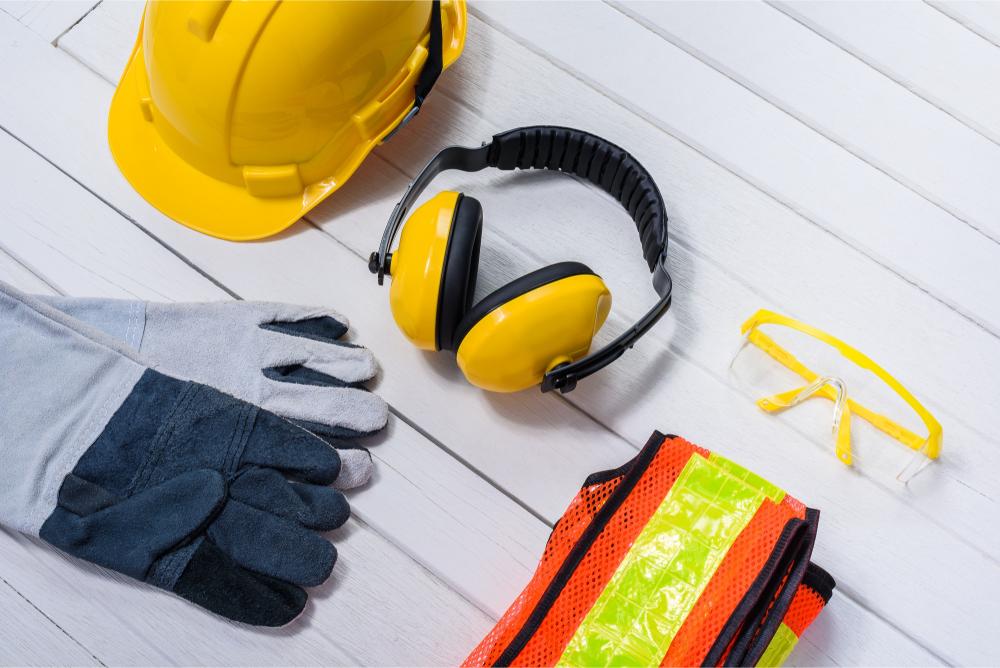
Want to Order Samples?
Types of Aviation Safety Equipment:
A comprehensive aviation safety program utilizes a variety of equipment to safeguard personnel and ensure smooth operations. Here’s an overview of some key categories:
- Personal Protective Equipment (PPE): This includes high-visibility clothing, safety glasses, gloves, respirators, and hearing protection to shield personnel from various hazards encountered during ground operations and aircraft maintenance.
- Ground Support Equipment (GSE): This encompasses a wide range of equipment used for aircraft servicing, towing, pushback, and cargo handling. GSE often includes safety features like warning lights and audible alarms.
- Fire Safety Equipment: Airports and aviation facilities require specialized fire safety equipment like fire extinguishers, fire blankets, and fire suits to ensure rapid response in case of emergencies.
- Fall Protection Equipment: Harnesses, lanyards, and safety nets are crucial for personnel working at heights during aircraft maintenance or on top of hangars.
- Emergency Response Equipment: This includes first-aid kits, defibrillators, and emergency oxygen for immediate medical response in case of accidents or emergencies on the ground or onboard aircraft.
Applications of Aviation Safety Equipment by Personnel Category
This section focuses on the types of safety equipment typically used by different personnel within the aviation industry:
Ground Crew
- High-visibility vests: for enhanced visibility during ground operations.
- Safety glasses: to protect eyes from debris and dust during maintenance procedures.
- Hearing protection: to minimize harmful noise exposure during aircraft engine operation and ground support activities.
- Cut-resistant gloves: to ensure hand safety while handling baggage and cargo.
- Steel-toed boots: for foot protection from heavy objects during ground operations.
Flight Attendants
- Safety vests: for emergency situations and passenger assistance.
- First-aid kits: to provide basic medical care onboard the aircraft.
- Emergency oxygen: for medical emergencies at high altitudes.
- Defibrillators: for responding to cardiac emergencies.
Pilots
- Aviation headsets: for clear communication with air traffic control and crew members.
- Oxygen masks: for emergencies requiring supplemental oxygen at high altitudes.
- Emergency parachutes: (if applicable to aircraft type) for use in extreme situations.
Maintenance Personnel
- Fall arrest harnesses and lanyards: for working at heights on aircraft or hangars.
- Chemical-resistant suits: for handling hazardous materials like fuels and cleaning agents.
- Safety glasses and respirators: for protection from fumes and debris during maintenance procedures.
- Insulated gloves: for handling hot or cold materials
Additional Considerations for Aviation Safety Equipment:
- Specific Needs: The type of aviation operation (commercial airline, private aviation, cargo) will influence the specific equipment needed.
- Weather Conditions: Equipment selection might consider extreme weather conditions prevalent in the region.
- Compliance with Regulations: Ensure chosen equipment meets relevant safety standards established by regional and international aviation authorities like the International Civil Aviation Organization (ICAO).
Benefits of Using Aviation Safety Equipment:
Investing in aviation safety equipment offers a multitude of benefits, including:
- Reduced risk of accidents and injuries: Proper equipment safeguards personnel from various hazards within the aviation environment.
- Improved operational efficiency: Streamlined safety procedures minimize disruptions and delays.
- Enhanced employee morale and well-being: A strong safety culture fosters a positive work environment.
- Compliance with regulations: Utilizing proper equipment demonstrates adherence to aviation safety standards.
- Minimized liability and insurance costs: A strong safety record can reduce legal risks and insurance premiums.
End Uses of Aviation Safety Equipment by Function
This section categorizes aviation safety equipment based on its primary function within an overall safety program:
Personal Protection
- High-visibility clothing: ensures personnel are easily seen on busy airport grounds and around aircraft.
- Safety glasses and goggles: protect eyes from flying debris, dust, and chemical splashes.
- Gloves: provide hand protection from cuts, abrasions, and hazardous materials.
- Respiratory protection: safeguards personnel from inhaling harmful fumes and airborne contaminants.
- Hearing protection: minimizes exposure to damaging noise levels from aircraft engines and ground support equipment.
Fall Protection
- Fall arrest harnesses: anchor workers to a secure point when working at heights on aircraft or hangars.
- Lanyards: connect harnesses to a secure anchor point and absorb some of the impact in case of a fall.
- Safety nets: provide a secondary layer of protection to catch a falling worker.
Fire Safety
- Fire extinguishers: used to extinguish small fires before they escalate.
- Fire blankets: smother small fires and insulate against heat.
- Fire suits: protect firefighters from heat and flames during firefighting operations.
Emergency Response
- First-aid kits: provide basic medical supplies for treating minor injuries and illnesses.
- Defibrillators: used to restart a stopped heart in case of cardiac emergencies.
- Emergency oxygen: supplies supplemental oxygen for medical emergencies at high altitudes.
- Spill kits and absorbent materials: used to contain and clean up spills of fuel, oil, or other hazardous materials.
Choosing the Right Aviation Safety Equipment:
Selecting the appropriate aviation safety equipment requires careful consideration. Here are some key factors to keep in mind:
- Hazard assessment: Identify the specific safety hazards present within your aviation operation.
- Equipment compatibility: Ensure chosen equipment is compatible with other equipment and procedures used within your operation.
- Durability and maintenance: Opt for equipment built for long-term use and easy maintenance to ensure optimal performance.
- User comfort and fit: Equipment should be comfortable and provide a proper fit for personnel to ensure compliance and minimize discomfort during use.
- Compliance with standards: Select equipment that adheres to relevant aviation safety standards set by regulatory bodies.
AAA Safe: Your Full Shop for Aviation Safety Equipment
AAA Safe offers a comprehensive selection of aviation safety equipment from leading brands, making us your one-stop shop for all your aviation operation’s needs. We provide a user-friendly online store (Full Shop) along with informative resources (Blog) to assist you in making informed decisions about your aviation safety equipment purchases.
Additionally, AAA Safe offers:
- Expert Advice: Our knowledgeable team is readily available to answer your questions and provide guidance on selecting the right equipment for your specific needs.
- Training and Support: We offer training programs to educate your personnel on proper safety equipment use and best practices for maintaining a safe work environment.
- Competitive Prices: AAA Safe is committed to providing high-quality aviation safety equipment at competitive prices.
Beyond Safety Equipment: Your Complete Partner in Aviation Safety
We understand that aviation safety is a multifaceted concept. AAA Safe goes beyond just supplying equipment – we offer a comprehensive suite of safety solutions to support your aviation operations in the MEA region:
- Workwear and Safety Clothing: Discover a wide range of high-visibility clothing, flame-resistant garments, and other specialized apparel designed for various aviation roles.
- Tools & Equipment: Explore essential tools and equipment needed for ground support operations, maintenance procedures, and emergency response within your aviation facility.
- Safety Signs and Markings: Ensure clear communication and hazard awareness with a variety of safety signs, labels, and floor markings that comply with aviation safety regulations.
- Spill Control and Containment: Be prepared for potential spills of fuel, oil, or other hazardous materials with readily available spill kits and absorbent materials.
- Training and Compliance Support: We offer training programs to educate your personnel on safety regulations, proper equipment use, and emergency response procedures. Our team can also assist you in navigating compliance requirements set by aviation authorities.
Building a Culture of Safety
Investing in the right equipment is crucial, but it’s just one piece of the puzzle. AAA Safe is committed to partnering with you to cultivate a comprehensive safety culture within your aviation operation. This means:
- Promoting a safety-first mindset: Encouraging open communication and reporting of safety concerns among personnel.
- Regular safety audits and inspections: Proactively identifying and addressing potential safety hazards within your facilities and operations.
- Ongoing safety training and awareness programs: Ensuring personnel are updated on the latest safety protocols and procedures.
By working together, we can create a safer and more efficient working environment for your aviation personnel, minimizing risks and ensuring the smooth operation of your business.
Ready to Take Flight with Safety?
Explore our extensive selection of healthcare safety equipment in our Full Shop. Our team of specialists is here to answer your questions and guide you towards the right solutions for your needs. Contact us today or browse our informative Blog for valuable insights on healthcare safety best practices.
Supporting Pages:
- Returns & Replacements: Learn about our hassle-free return and replacement policy.
- Terms & Conditions: Review the terms and conditions governing your purchases.
- Privacy Policy: Understand how we protect your personal information.
- About Us: Discover more about AAA Safe and our commitment to safety solutions in the MEA region.
- Contact: Get in touch with our team for expert advice and support.

